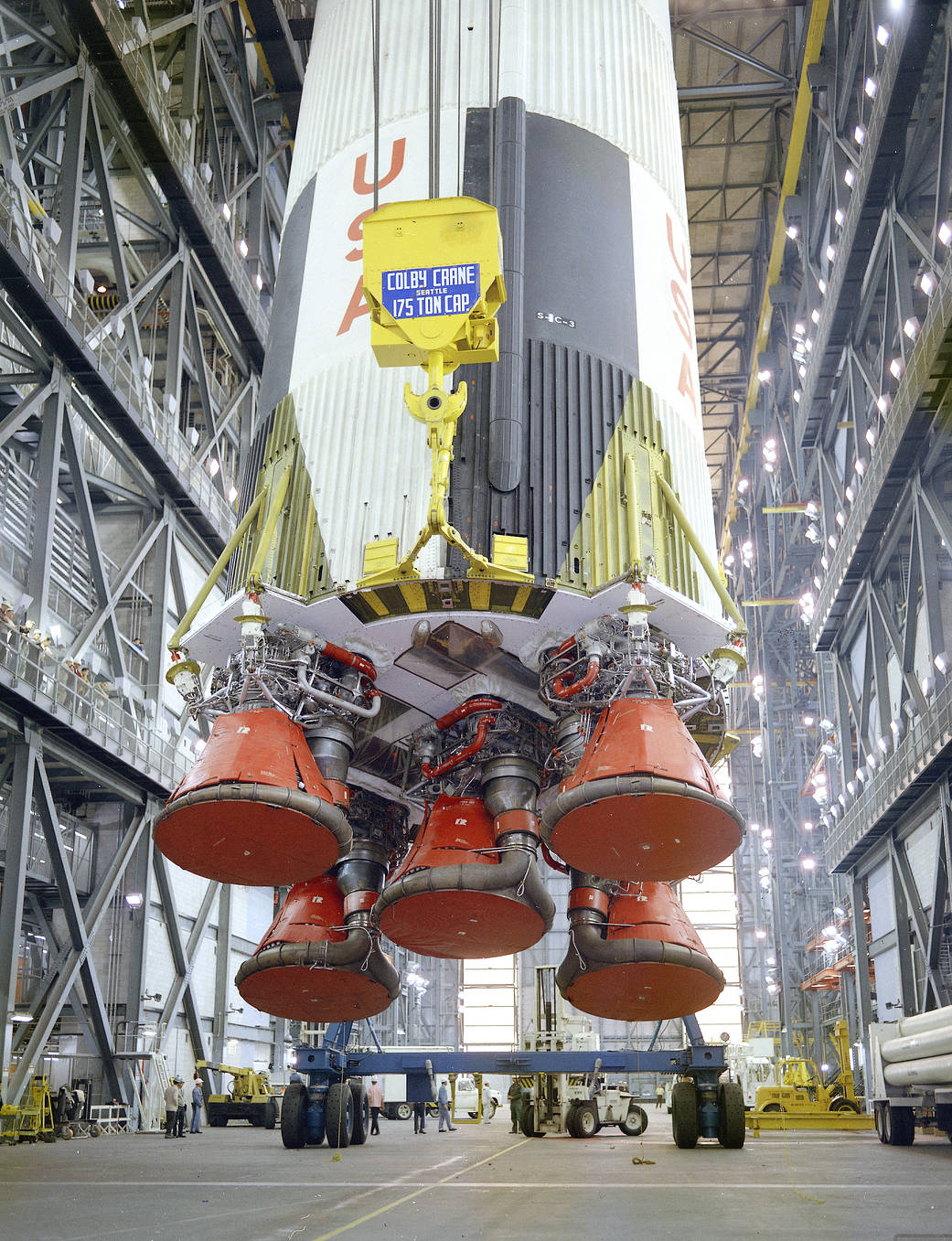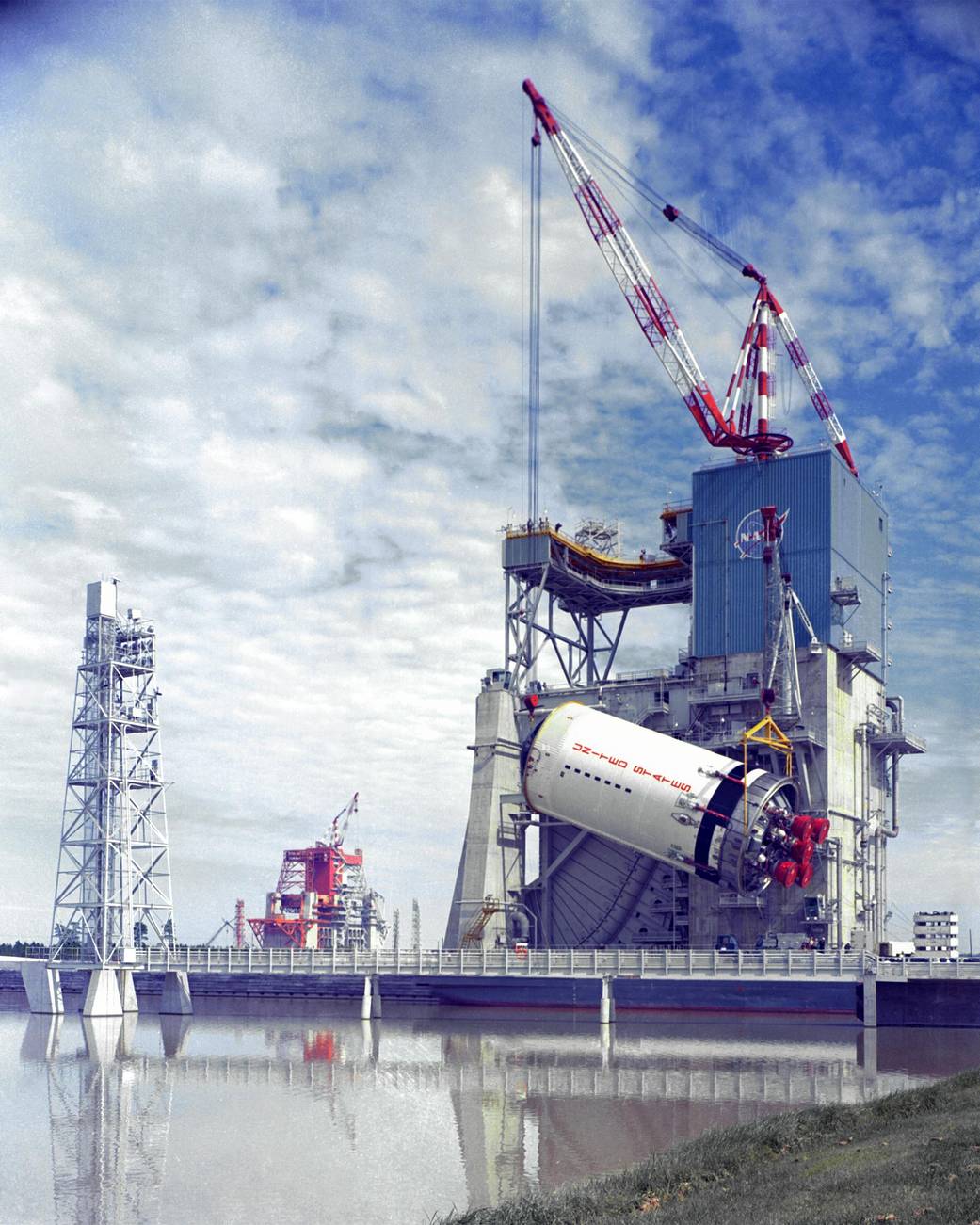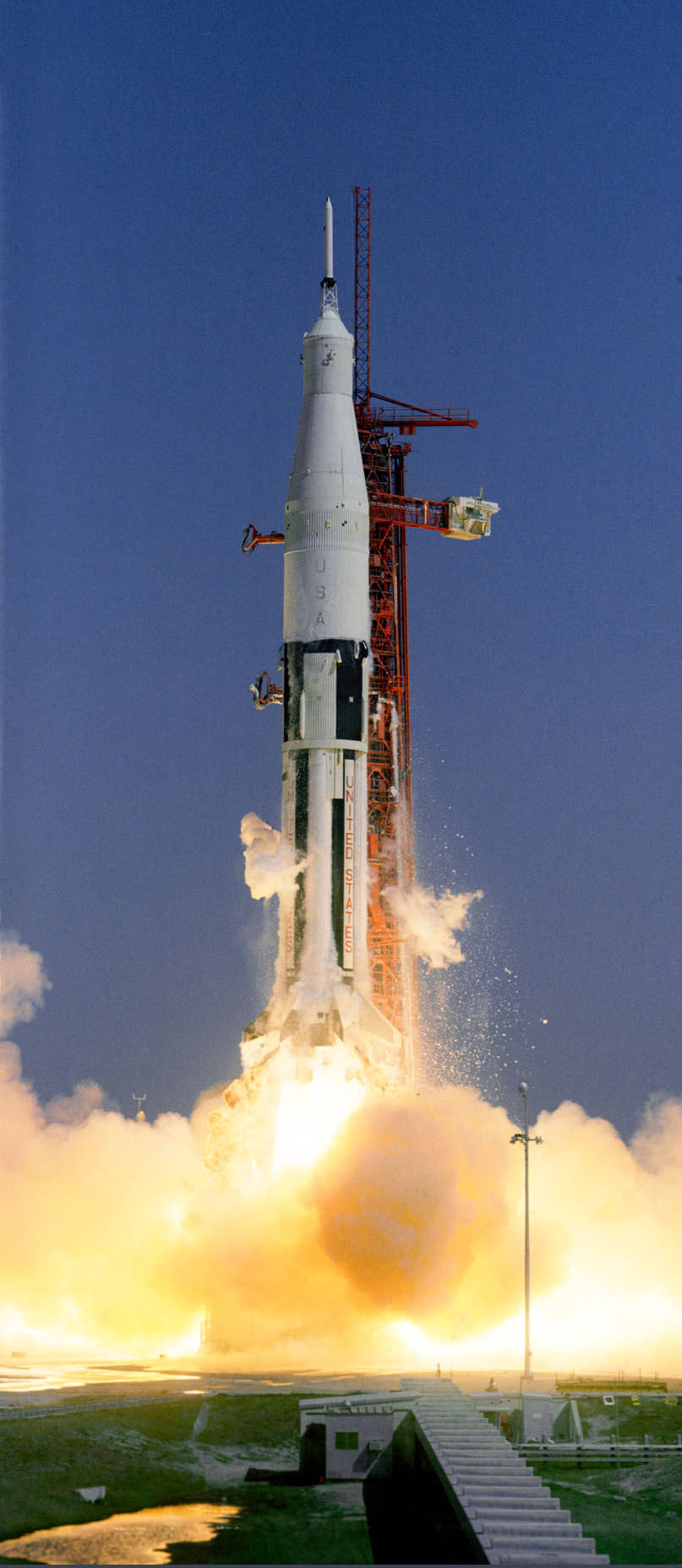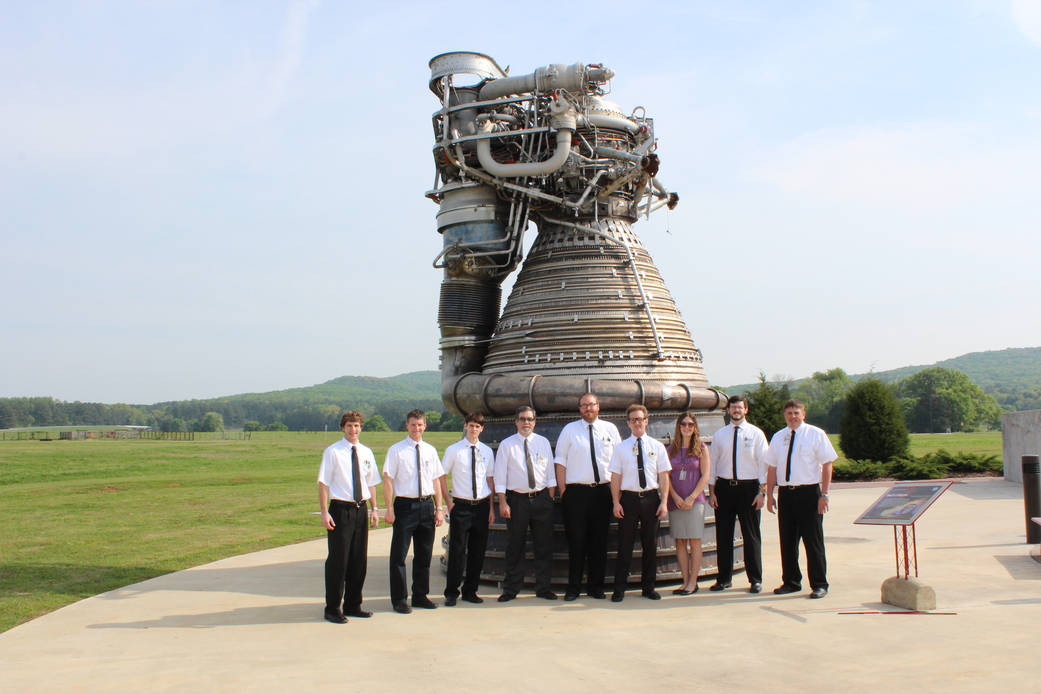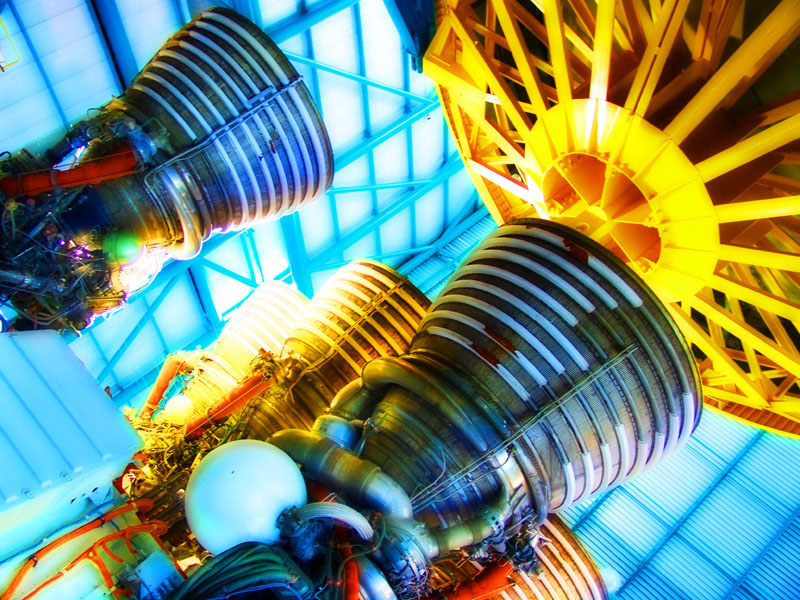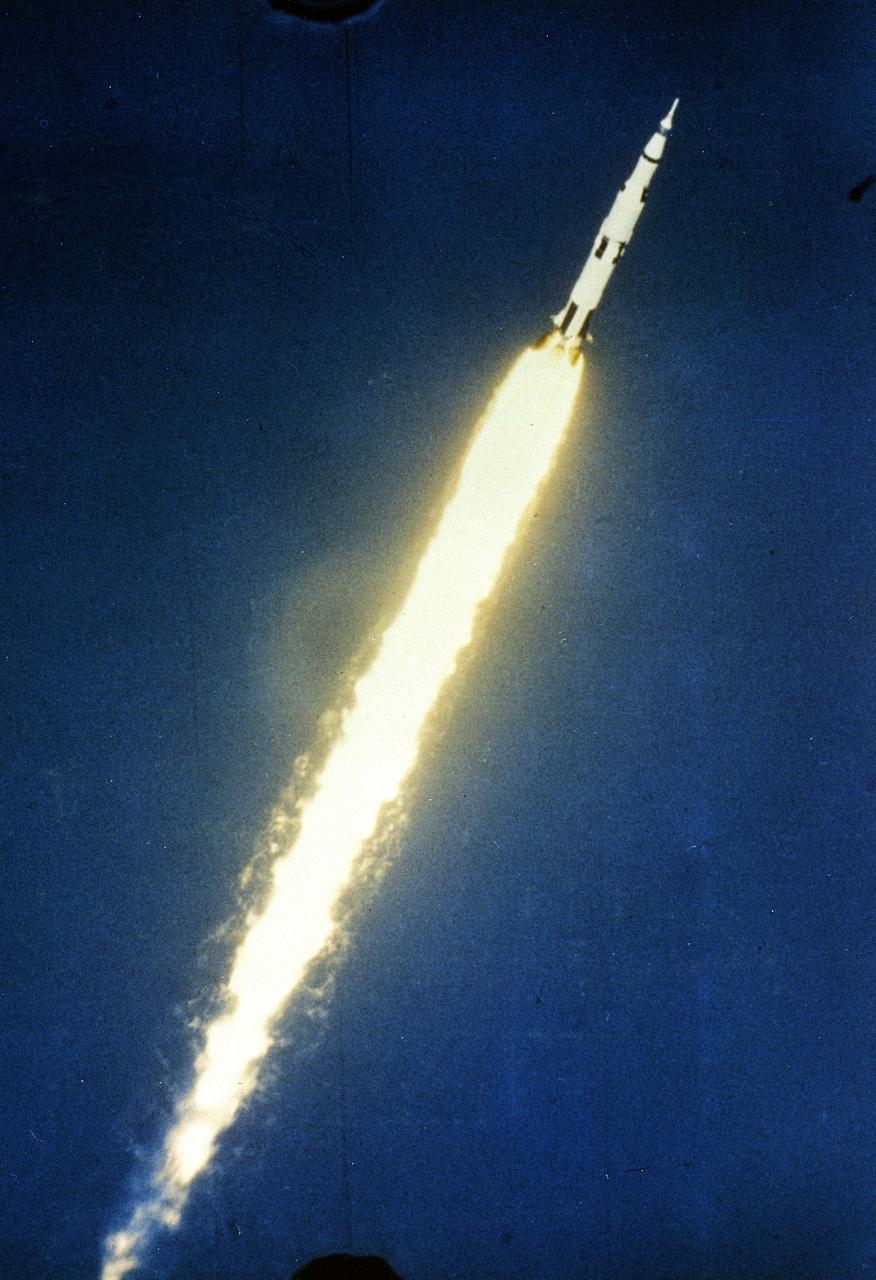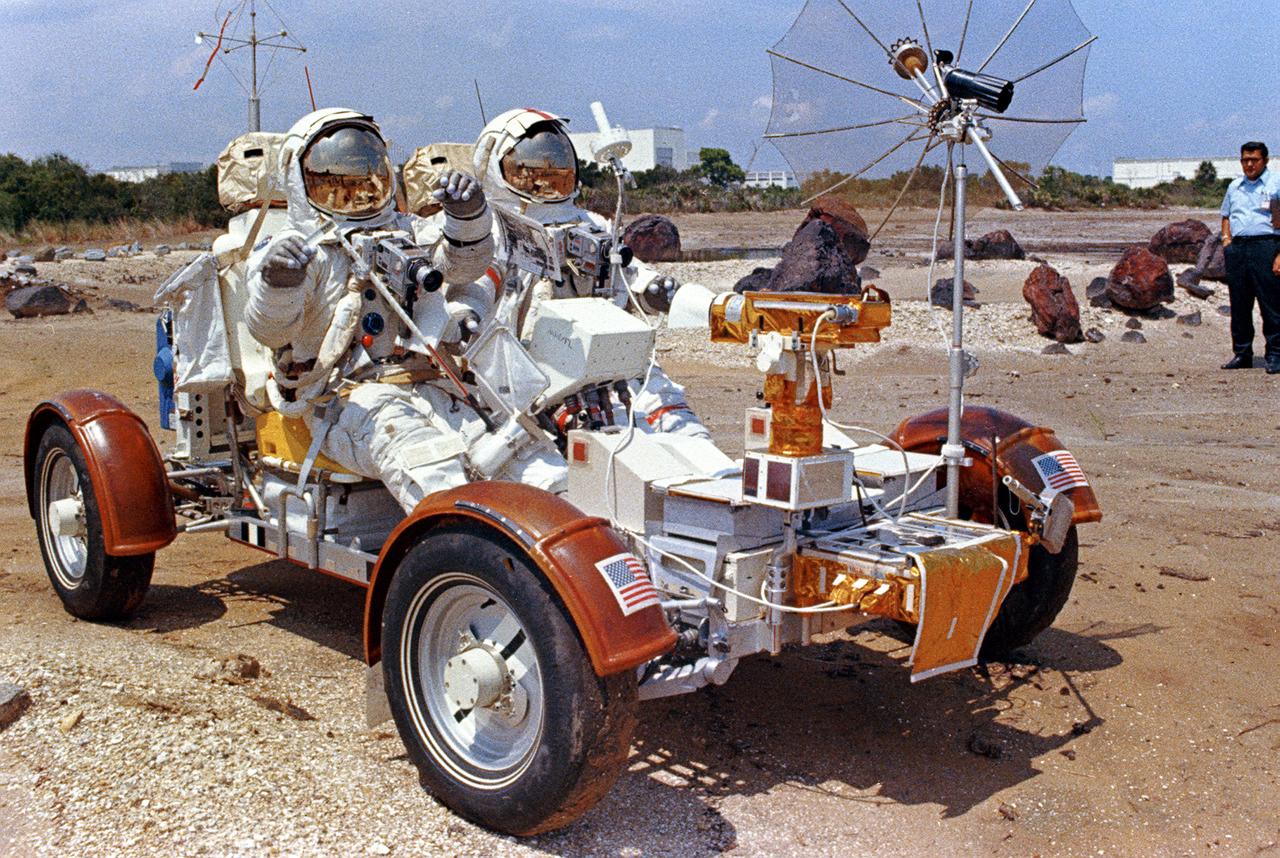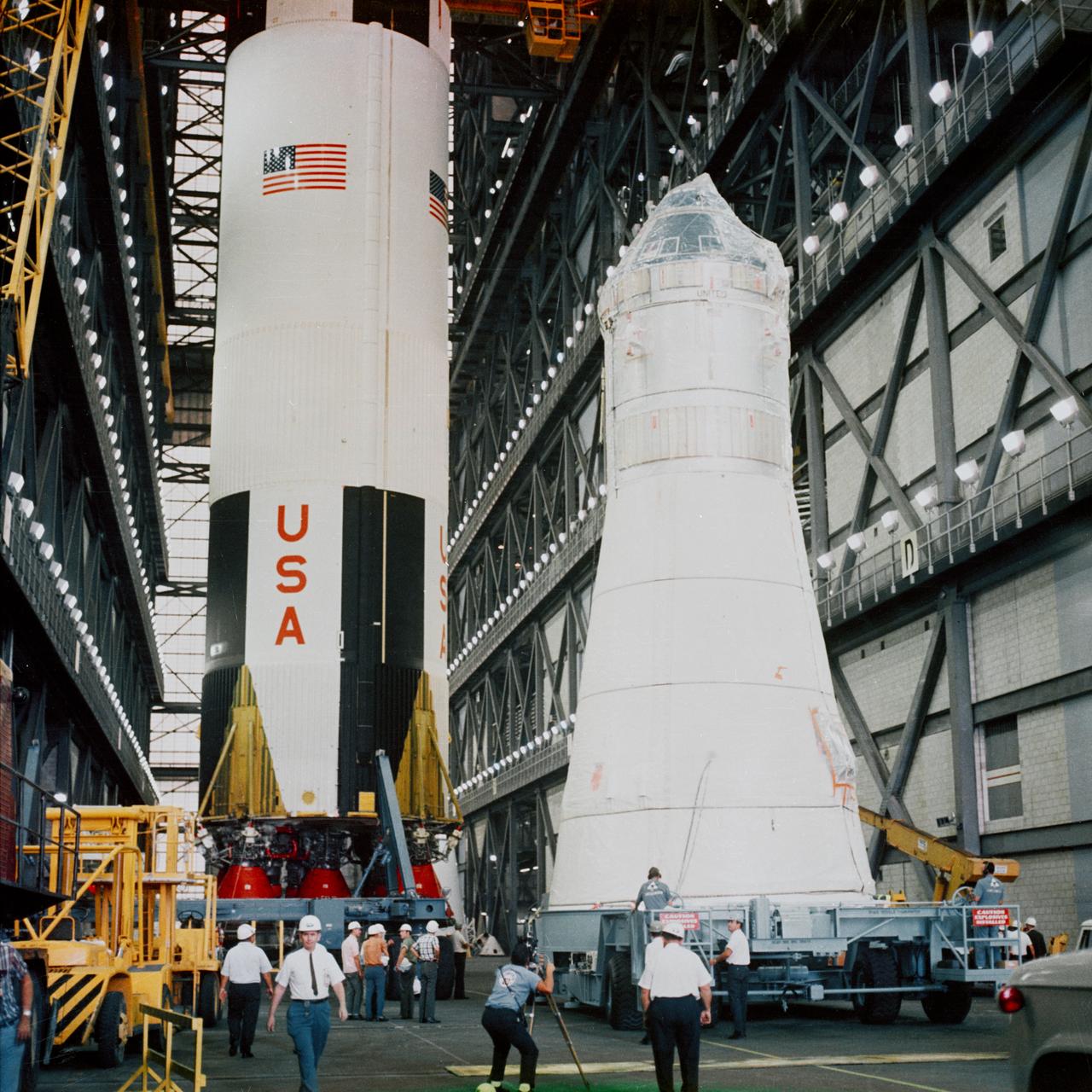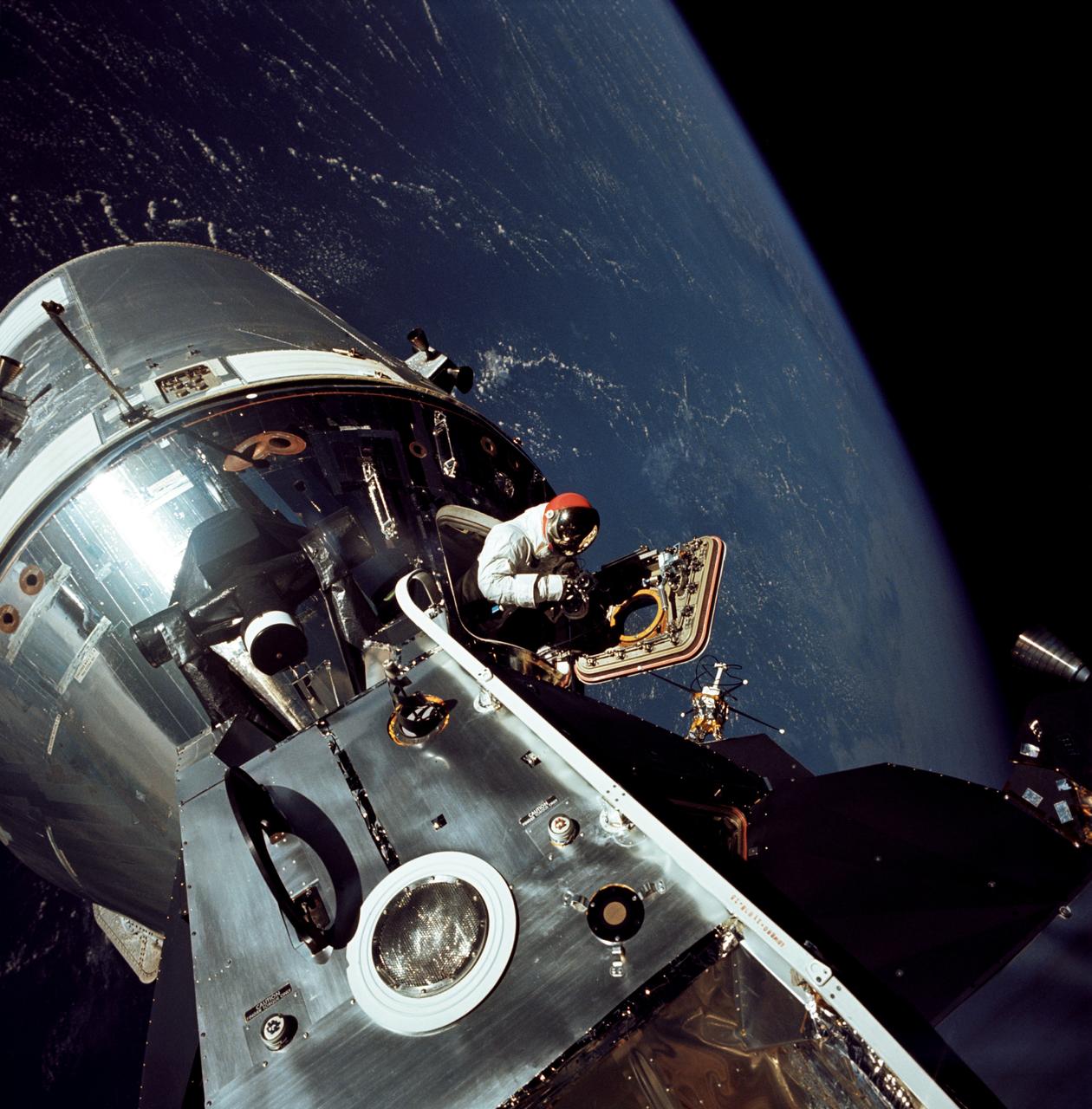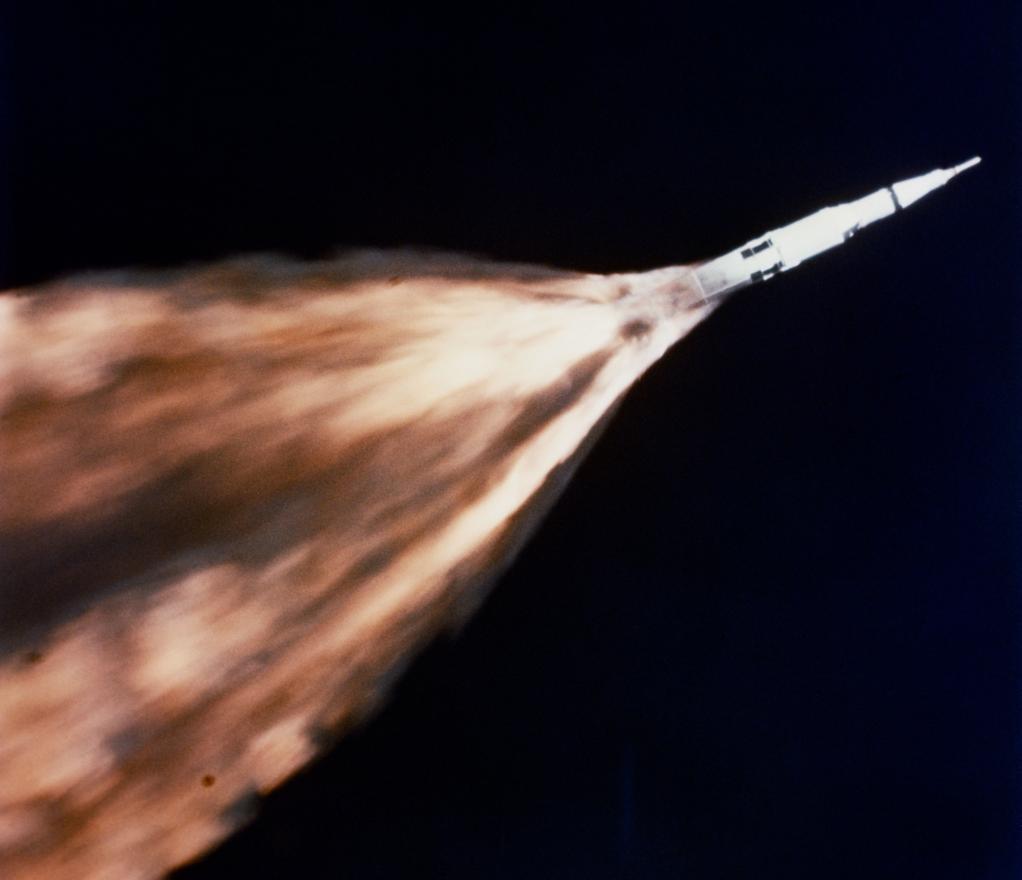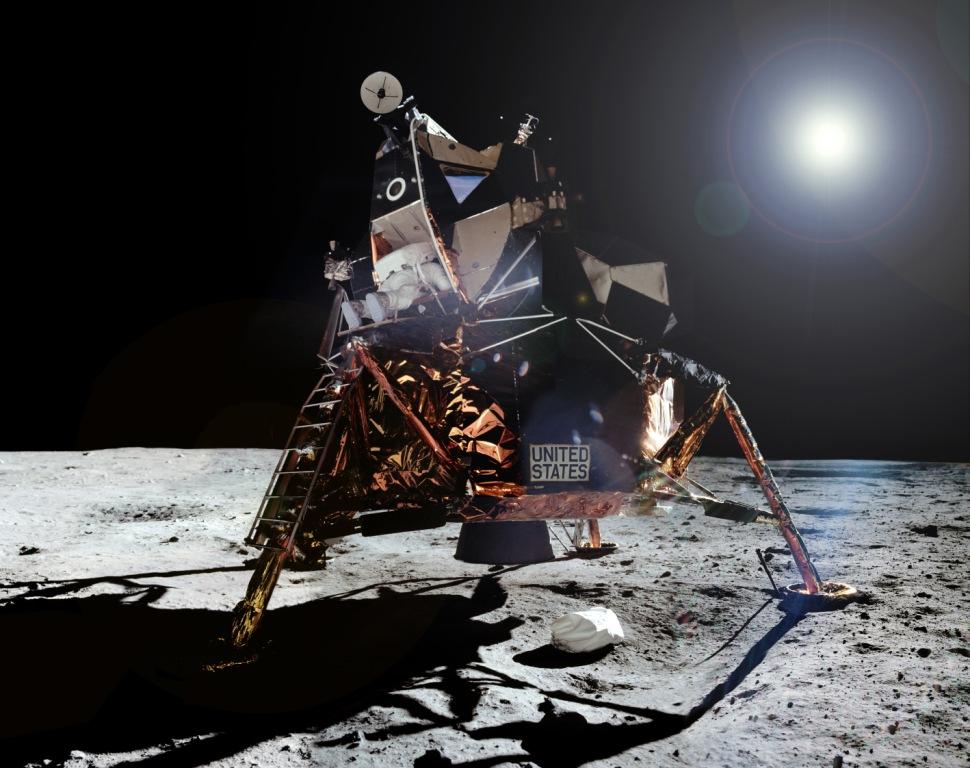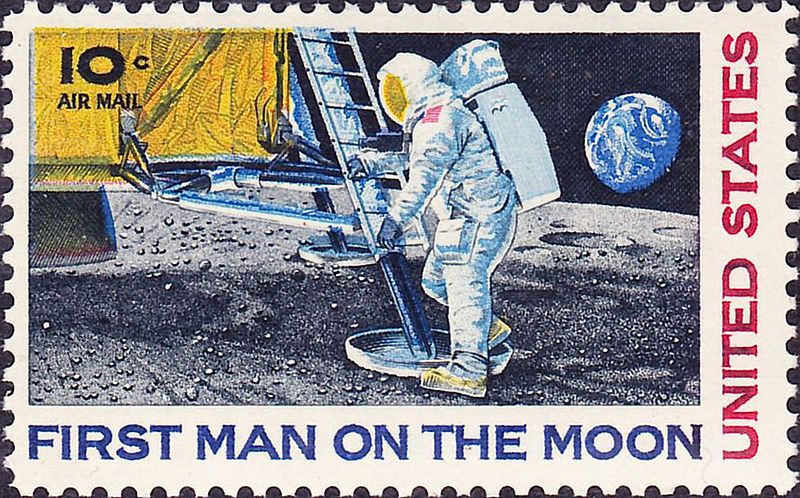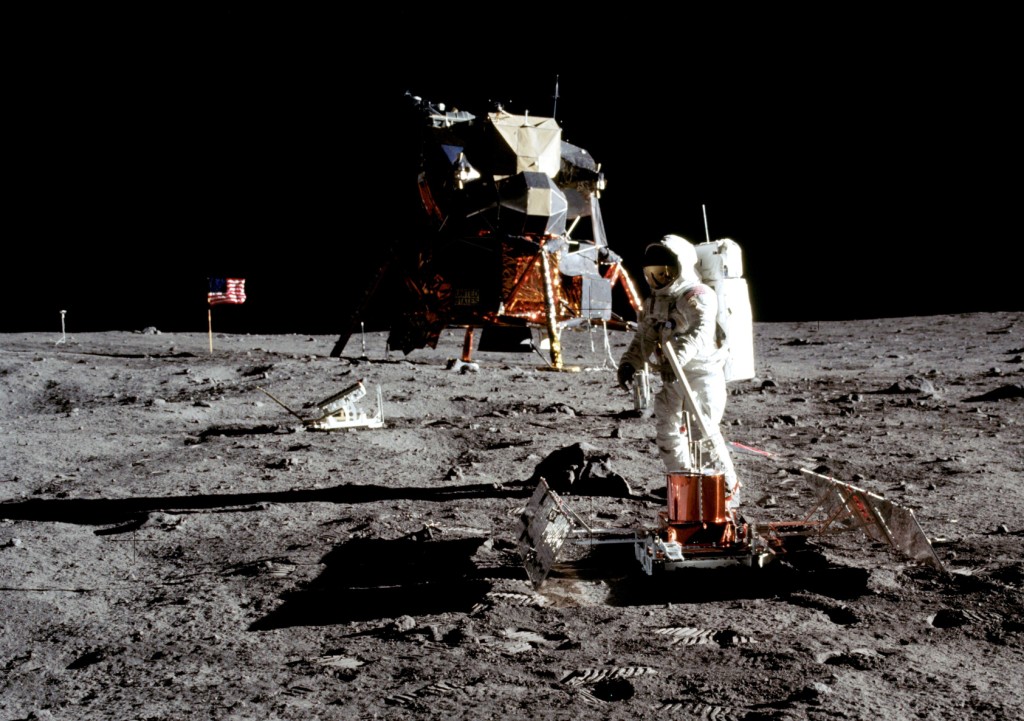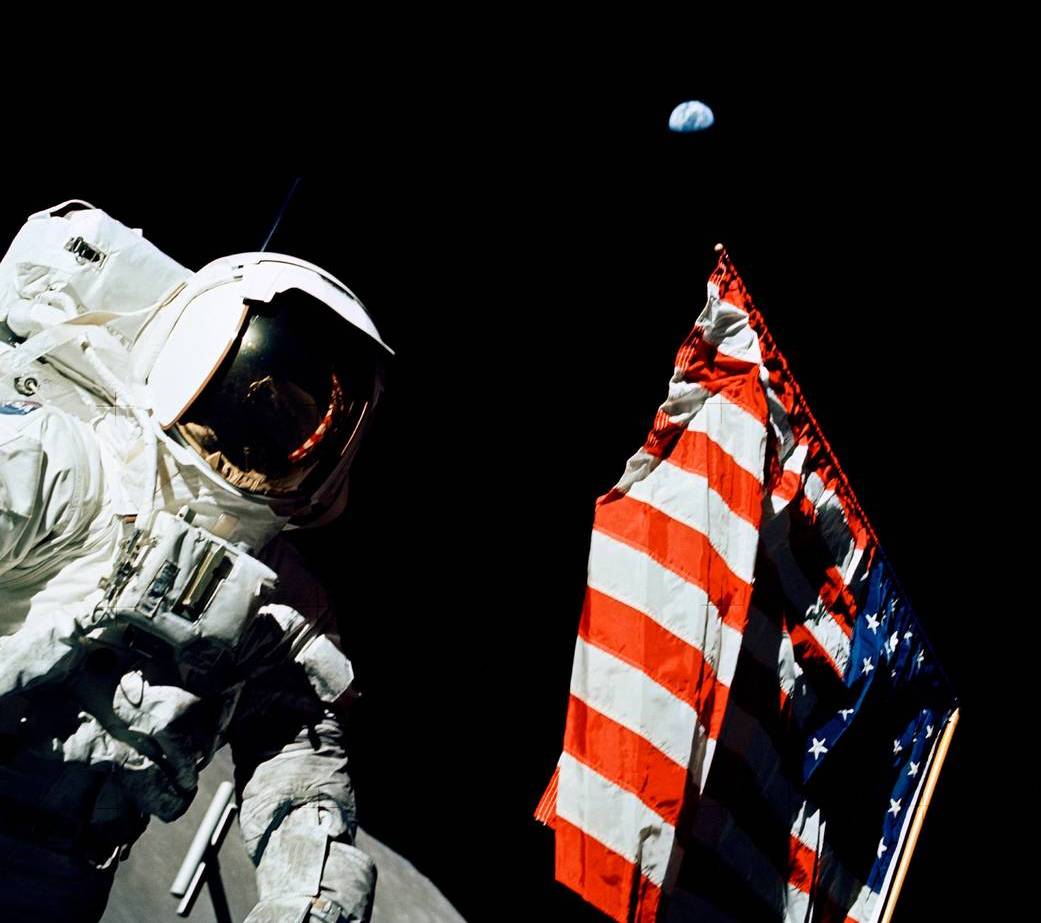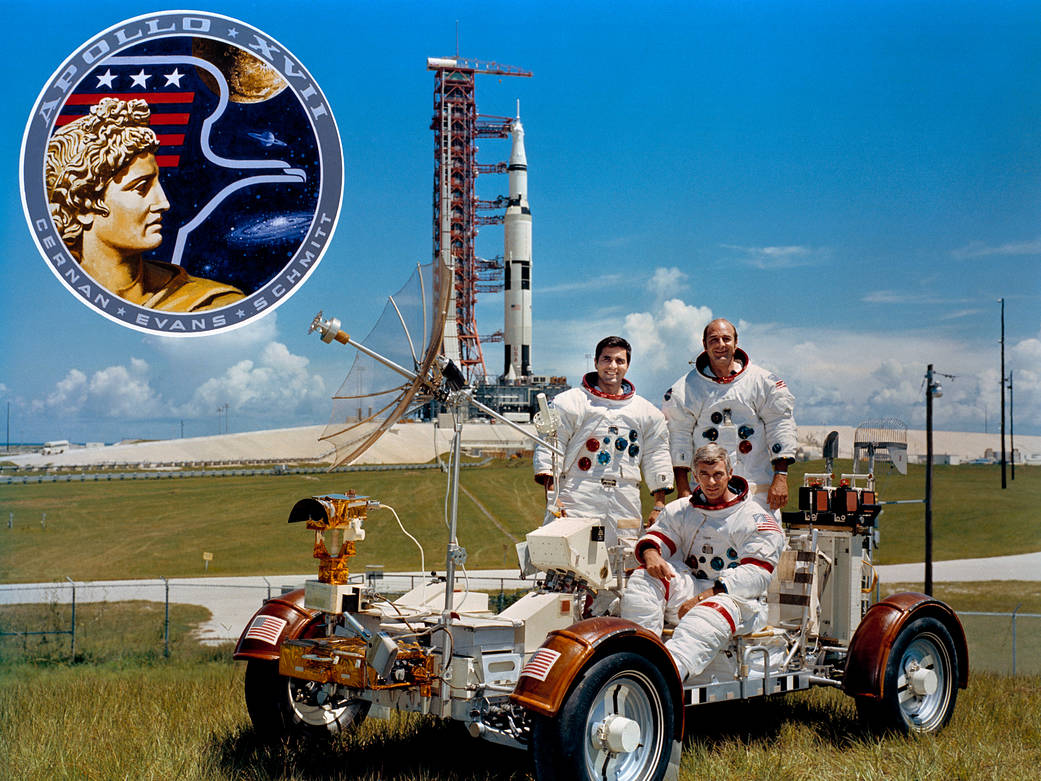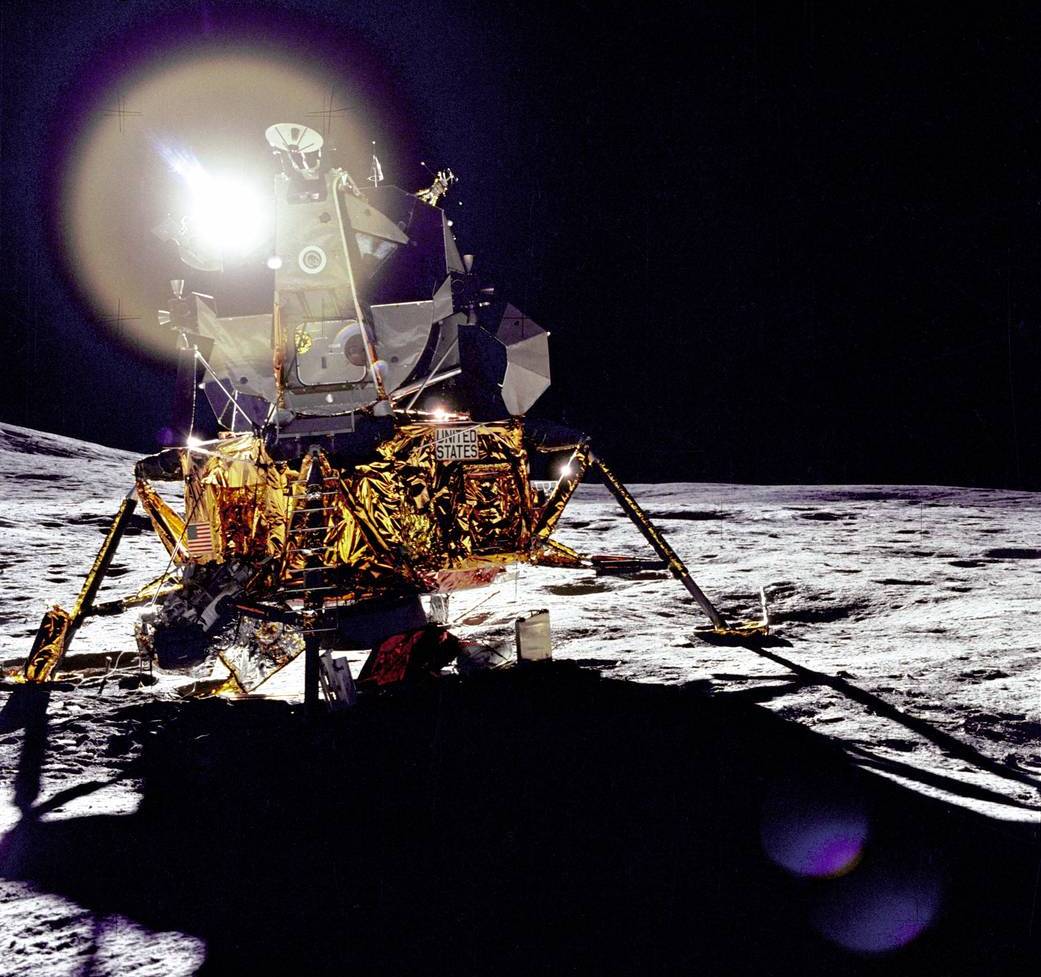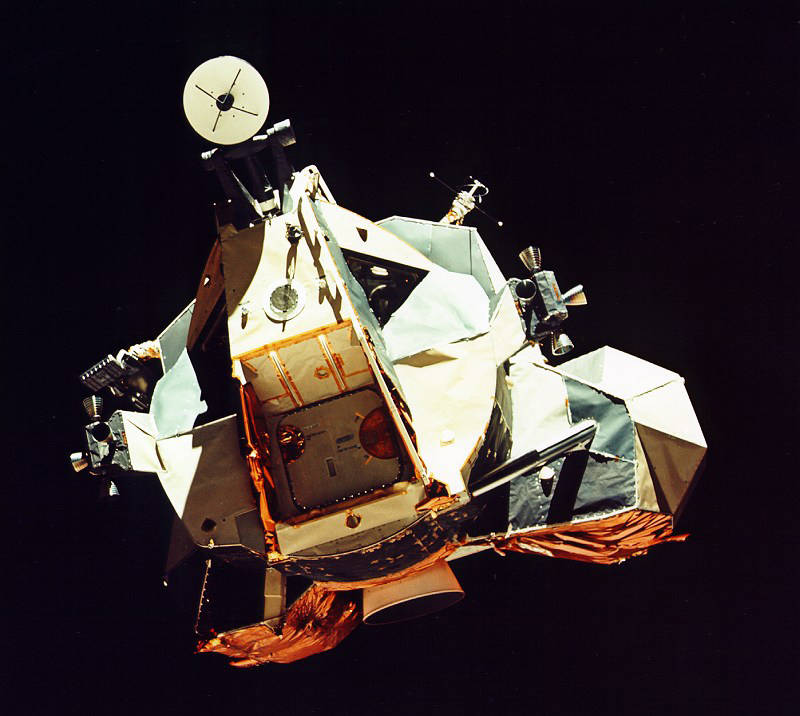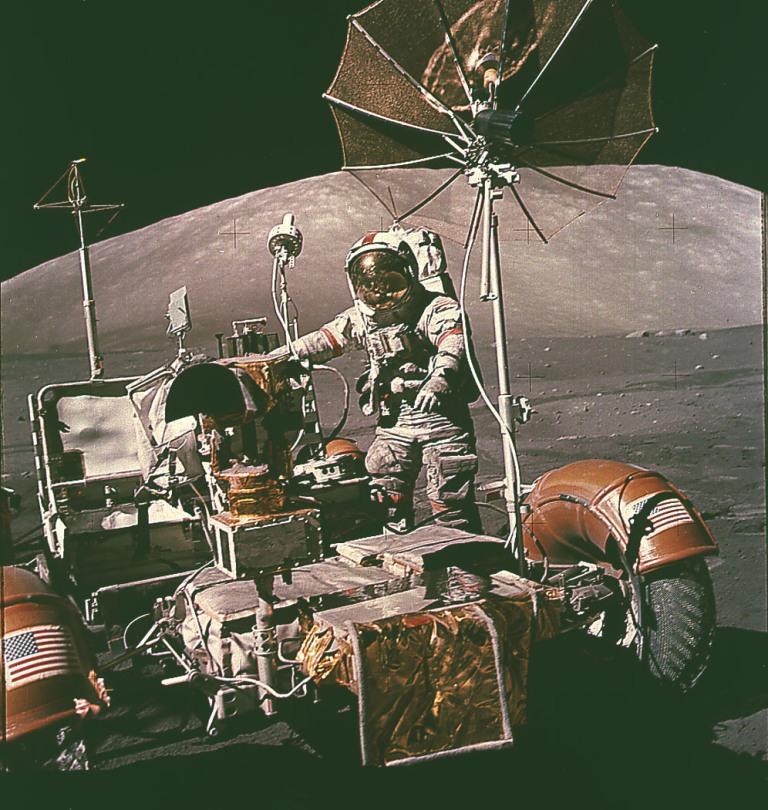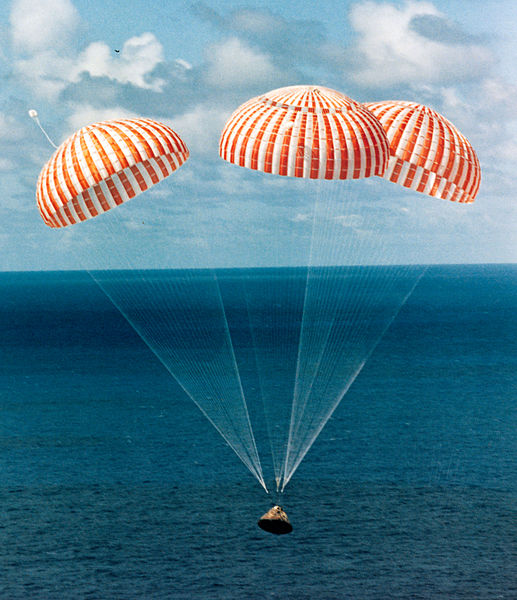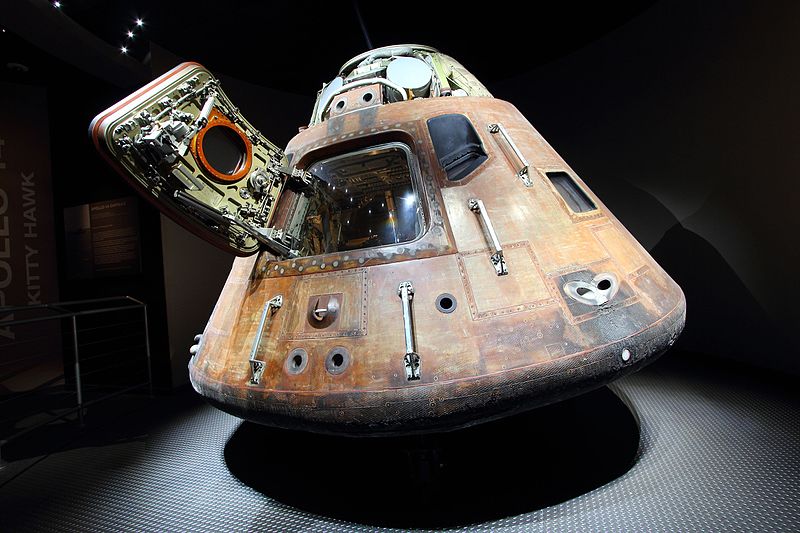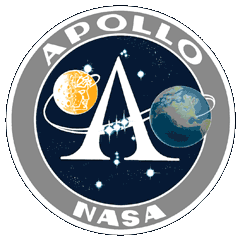Apollo Program – The Greatest Journeys In History
Destination Moon!
The Apollo Program was an America program, run by NASA, with the goal of landing a man on the Moon which it achieved with Apollo 11 on July 21st 1969. There were a total of 6 successful moon landings which resulted in 12 men walking on the Moon and a total of over 380 kilograms of lunar samples being returned to Earth. The Apollo Program ended in 1972 after the final flight of Apollo 17.
What Spacecraft And Rockets Did The Apollo Program Use?!
The Apollo Command Module (CM) was quite different from the previous spacecraft used during Project Mercury and Project Gemini. It was larger so that it could carry 3 astronauts that were needed for the missions to the Moon; they also had room to move around.
The Apollo moon missions also required a special spacecraft to land on the Moon called the Lunar Module (LM). After successfully landing and returning the astronauts back to the CM in orbit around the Moon the LM was left behind to eventually crashed onto the Moon’s surface.
Two different rockets were used during the Apollo Program, the smaller Saturn IB and the 3-stage, 36-story high, Saturn V which was powerful enough to reach the Moon!
Facts About The Apollo Spaceflights
Thanks to the successes of Project Mercury and Project Gemini the Apollo flights could move ahead with all the technology and lessons needed for landing on the Moon. Unfortunately, it didn’t start well with a tragic fire killing 3 astronauts during training when their Apollo 1 capsule caught fire.
The first manned mission beyond Earth’s orbit to the Moon was Apollo 8. It orbited the moon 10 times (allowing humans to see the far side of the Moon for the first time), before returning the astronauts safely to Earth. The big prize though, the first Moon landing, occurred on the 20th of July 1969 by the Apollo 11 mission. The crew of Apollo 11 was Neil Armstrong, Michael Collins and Buzz Aldrin. When Neil Armstrong became the first person to walk on the moon he famously said, "That's one small step for a man; one giant leap for mankind."
During the last three Apollo missions, the astronauts drove the Lunar Rover on the Moon to explore more of the surface. The lunar rovers fitted in a storage hatch in the LM and were left on the moon when the astronauts return to Earth.
One unsuccessful mission (Apollo 13) and five more successful Moon landings occurred between November 1969 and the final mission in December 1972.
Summary of the Apollo Missions (no missions or flights were ever designated Apollo 2 or 3);
Apollo 1 – Did not fly as a fire during training destroyed the capsule and killed the three astronauts Gus Grissom, Ed White & Roger Chaffee.
Apollo 4 to 6 – Three unmanned flights to test the new enormous Saturn V rocket and Apollo spacecraft in space.
Apollo 7 – First manned flight of the Apollo CM and Saturn IB rocket in Earth orbit.
Apollo 8 – The mission included the first flight of the Saturn V rocket and the first time humans orbited the Moon.
Apollo 9 – First flight of the Lunar landing Module in Earth orbit and tested life support equipment.
Apollo 10 – Basically combined all aspects of a lunar mission by flying the LM to within 47,000 feet (14.3 km) of the lunar surface.
Apollo 11 – The most famous voyage in history; the first manned landing on the Moon. Achieved the first moonwalk and collected 21.5 kgs of geological samples.
Apollo 12 – Second landing on the Moon near the Surveyor 3 probe.
Apollo 13 – An infamous mission due to a near-fatal failure of the Service Module which resulted in aborting the mission and returning to Earth.
Apollo 14 – Third successful landing commanded by Alan Shepard and spending over 9 hours walking on the moon!
Apollo 15 – First Apollo mission to use the lunar rover!
Apollo 16 – The 5th landing of the Apollo campaign, spending over 20 hours on moonwalks.
Apollo 17 – The first and only Saturn V night launch and the final manned Moon landing.
Apollo 18 to 20 – These planned missions were cancelled due to funding cuts.
Check out each mission’s cool insignia’s here!
What Next For NASA?
With the completion of the Apollo Program’s goal of landing a man on the Moon by the end of 1969 (and winning the Space Race in the process), NASA now focused on the future Skylab missions, learning to live in space and developing the Space Shuttle.
